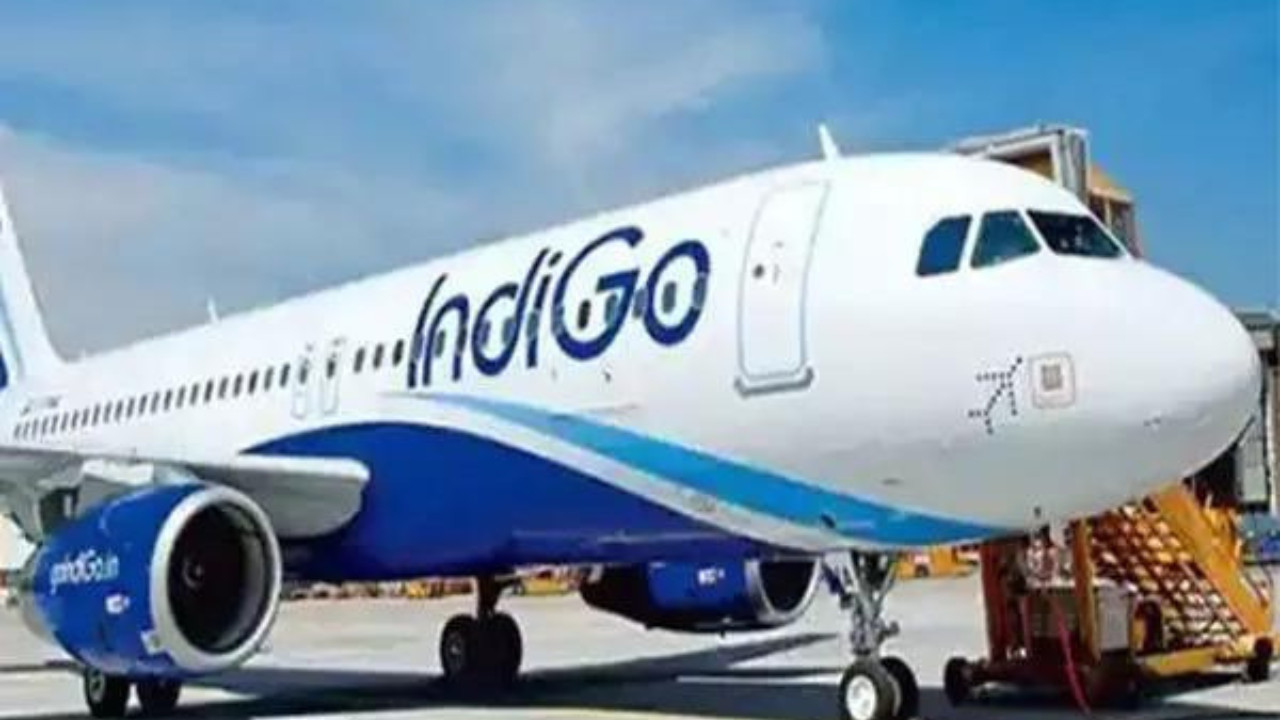IndiGo’s Q1 FY26 profit declined 20% to Rs 2,176.3 crore due to the India-Pakistan war, airport closures, and the Air India Ahmedabad crash. Despite these challenges, passenger numbers rose 11.6% to 3.1 crore. The airline’s total income increased by 6.4%, while total costs rose by 10.2%.
Turbulence Ahead? IndiGo’s Q1 Profit Takes a Dip
The skies might seem endlessly blue from 30,000 feet, but back on solid ground, even the most successful airlines face headwinds. IndiGo, India’s largest airline, recently announced its first quarter results for fiscal year 2025, and while the numbers are still impressive, they paint a slightly different picture than the soaring success the company has enjoyed in recent years. The airline reported a net profit of ₹2,176 crore, a drop of roughly 20% compared to the ₹3,090 crore profit in the same period last year. So, what’s causing this turbulence, and what does it mean for the future of air travel in India?
Understanding the Shift in IndiGo’s Profitability
Several factors contribute to this dip in profitability. It’s not simply a case of fewer passengers; in fact, IndiGo saw a healthy 13% jump in passenger numbers, carrying 27.5 million flyers in the first quarter alone. The core issue lies in rising operational costs, particularly fuel prices, coupled with foreign exchange losses. The airline’s total income rose to ₹17,161 crore, but expenses also climbed sharply, outpacing revenue growth.
Fuel, the lifeblood of any airline, continues to be a major cost driver. Fluctuations in global oil prices can significantly impact an airline’s bottom line, and IndiGo is no exception. Furthermore, the weakening of the Indian rupee against the US dollar adds another layer of complexity, increasing the cost of dollar-denominated expenses like aircraft leases and maintenance. This confluence of factors created a pressure cooker environment, impacting the airline’s profit margins.
<img src="image-url-placeholder.jpg" alt="An airplane soaring against a bright blue sky, illustrating the challenges of maintaining profitability in the airline industry. Focus keyword: IndiGo’s profitability” width=”800″ height=”600″>
Expansion Amidst Challenges: IndiGo’s Strategy
Despite the profit decline, IndiGo is not pulling back on its ambitious expansion plans. The airline continues to add new routes and aircraft to its fleet, aiming to further solidify its dominance in the Indian aviation market. This aggressive growth strategy, while potentially risky in the short term, is designed to capture a larger share of the burgeoning Indian air travel market in the long run. IndiGo believes that increased scale will ultimately lead to greater efficiency and profitability, offsetting the current cost pressures. This strategy hinges on the projected growth of both domestic and international air travel from and within India, driven by a rising middle class and increasing disposable incomes.
A Broader Look at the Aviation Landscape
IndiGo’s experience is not unique. The entire aviation industry is navigating a complex environment of rising fuel costs, fluctuating exchange rates, and intense competition. Other airlines are facing similar challenges, forcing them to adapt and innovate to remain profitable. This includes strategies like optimizing flight schedules, improving fuel efficiency, and exploring new revenue streams such as ancillary services (baggage fees, seat selection, etc.). The competitive landscape is fierce, with airlines constantly vying for passengers by offering attractive fares and enhanced services. The price war ultimately impacts margins across the board. This makes effective cost management and revenue optimization more critical than ever for all players.
What Does This Mean for Passengers?
So, what does all this mean for the average traveler? In the short term, passengers might not notice a significant difference. Airlines are hesitant to drastically increase fares, fearing a drop in demand. However, if cost pressures continue to mount, it is possible that fares could gradually rise. Airlines may also become more aggressive in promoting ancillary services to boost revenue, which could translate into increased costs for passengers who opt for extra conveniences. Ultimately, the impact on passengers will depend on how effectively airlines manage their costs and navigate the evolving market conditions.
For further reading on related topics, consider checking out our piece on [the future of budget airlines in India](internal-link-placeholder).
The Path Forward for IndiGo
IndiGo’s Q1 results highlight the inherent volatility of the aviation industry. While the drop in profit is a concern, it’s crucial to remember that the airline remains a strong player with a solid track record. Its continued expansion plans indicate confidence in the long-term potential of the Indian air travel market. The key to future success will lie in effectively managing costs, optimizing operations, and adapting to the ever-changing dynamics of the global economy. While short-term turbulence is likely, IndiGo’s long-term trajectory still points upward, but requires careful navigation and a keen eye on the horizon.







